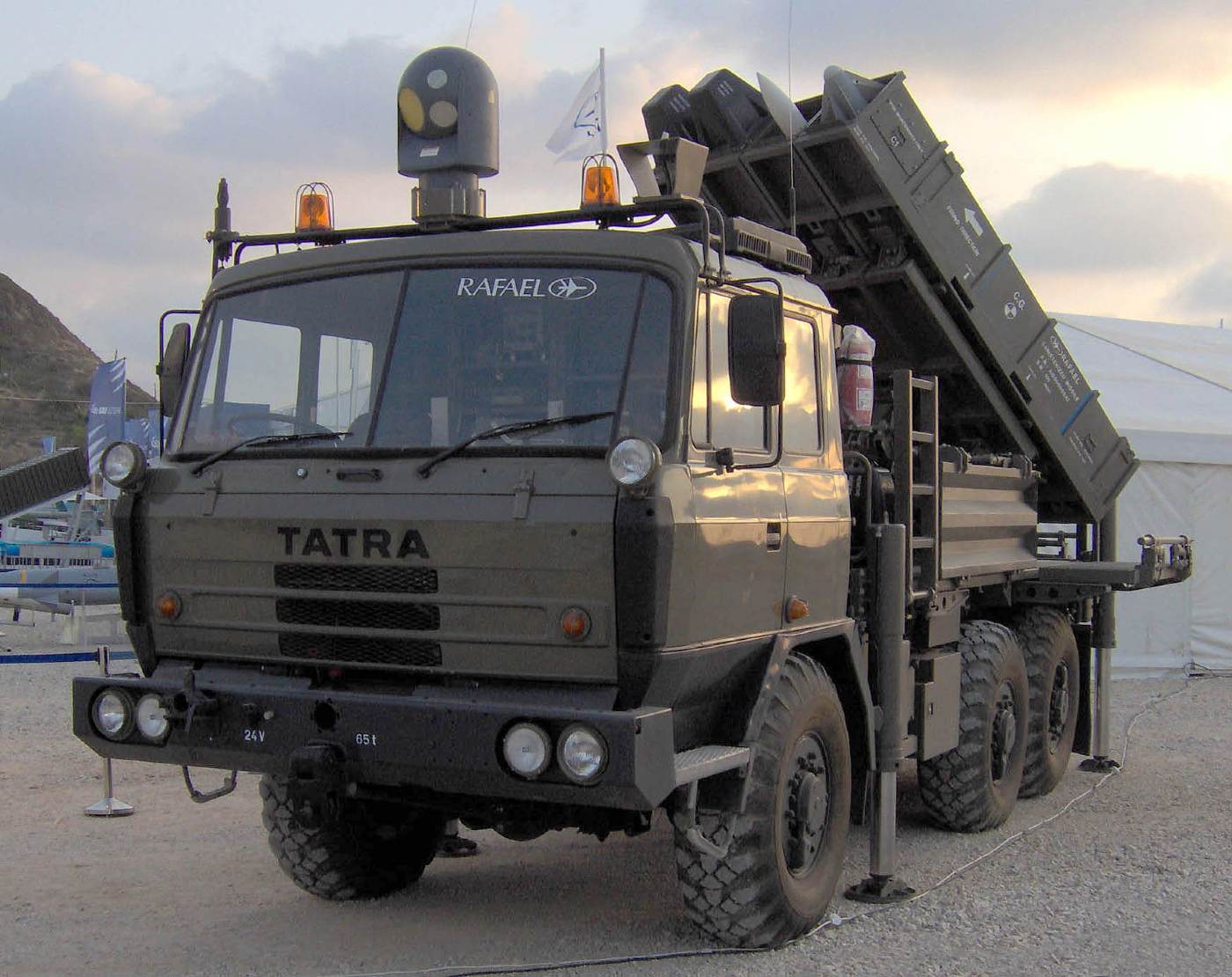The UAE has reportedly deployed its first-ever Indian-Israeli missile defense system, which it acquired from its new ally and military partner, Israel, to avert the threat posed by Iran-backed militia groups.
Haaretz reported that the United Arab Emirates had deployed Barak-8 aerial defense system to defend itself from Iranian-origin missiles and drones. The missile battery is deployed south of Abu-Dhabi, close to the Al-Dhafra airbase.
The reports confirming deployment come days after Breaking Defense indicated that the first battery of Barak-8 had already been deployed to the UAE.
At the time, an unknown defense source informed the publication that the deal for Barak-8 systems would be very substantial. The Emiratis require several of these to guard some major sites where missiles have repeatedly struck.
The Barak-8 was developed jointly by Israel’s Ministry of Defense and India’s DRDO. The Barak-8 can intercept aircraft, low-flying anti-ship and cruise missiles, and stealthy targets with a range of roughly 70 kilometers.
Satellite images and foreign reports show the UAE has deployed the Israeli made Barak 8 missile batteries against Iran's ballistic missiles, cruise missiles and drones, @haaretzcom reported Friday.
The batteries are deployed near the AL-Dharfa airbase, south of Abu-Dhabi. pic.twitter.com/7w2yGqWoQ8— Iran International English (@IranIntl_En) October 28, 2022
The deployment by the UAE is a significant move as Iran-backed Houthi rebels have targeted military installations and vital infrastructure in the UAE and Saudi Arabia, including air and seaports, oil depots, and ships in the Gulf of Aden.
The strikes on January 17 this year hit an industrial location outside Abu Dhabi, setting fire to fuel trucks and killing three foreign workers.
Later that month, media reports suggested that the UAE had “quietly and unofficially asked Israel about acquiring missile defense systems to help protect it from Houthi missile attacks.”
While Barak-8 was picked first, Israel reportedly later agreed to sell the United Arab Emirates its SPYDER air defense system. EurAsian Times had reported that Abu Dhabi contemplated employing Israeli weapons as a stopgap measure before acquiring a South Korean surface-to-air missile system in 2024.
The South Korean Cheongung II KM-SAM weaponry deal was signed on January 16.
The UAE already has the American Patriot and Terminal High Altitude Area Defense (THAAD) interceptors. Still, they could not detect some low-flying drones and missiles that struck assets in the UAE.
This is where the Israeli Barak-8, as well as the SPYDER, comes into the picture. It is pertinent to note that the Indian military also uses both systems.

Barak-8, A Potential Component Of Air Defense?
Israeli defense companies have been scouting for new clients since the Abraham Accords was signed in 2020, which restored relations between Israel, Bahrain, the United Arab Emirates, and Morocco.
Not just that, since the two sides are up against a common adversary, they are also in the process of becoming parties to a missile defense alliance that’s been worked on by the United States.
On June 20, Defense Minister Benny Gantz stated that Israel was assisting in forming an air-defense regional coalition against Iran and that the alliance had already foiled attempted Iranian attacks.
Israel has attempted to establish alliances with the Gulf Arab nations to present a unified front against Iran. Since the Houthi militias frequently launch drone and missile attacks on the two countries, the UAE and Saudi Arabia appear to be a logical alliance.
However, Israel has withheld the names of the nations that could join the coalition.
Even though it wasn’t a signatory to the agreements, Saudi Arabia, one of Israel’s historically fiercest regional rivals, had also shown interest in Israeli systems. However, recently escalating tensions over oil production between Saudi Arabia and the US have dampened Israel’s prospects in that country.

The regional aerial defense alliance currently relies on weapons systems that are already in place and either belong to member nations or that the United States has placed in the region, such as the extensive radar system in Israel’s Negev desert, the AEGIS weapons systems installed on US Navy ships patrolling the Red Sea and the Persian Gulf, and other aircraft and missile defense systems placed throughout the region, according to Haaretz.
The first time Barak’s missiles were put to use was in June when they successfully took out two of the three drones Hezbollah had fired into Israel’s Karish gas field. Israeli Air Force jets destroyed the third drone.
With its deployment in the UAE, the Emirati kingdom would have another air defense system to thwart the Houthi drone and missile attacks.
- Contact the author at sakshi.tiwari9555@gmail.com
- Follow EurAsian Times on Google News




